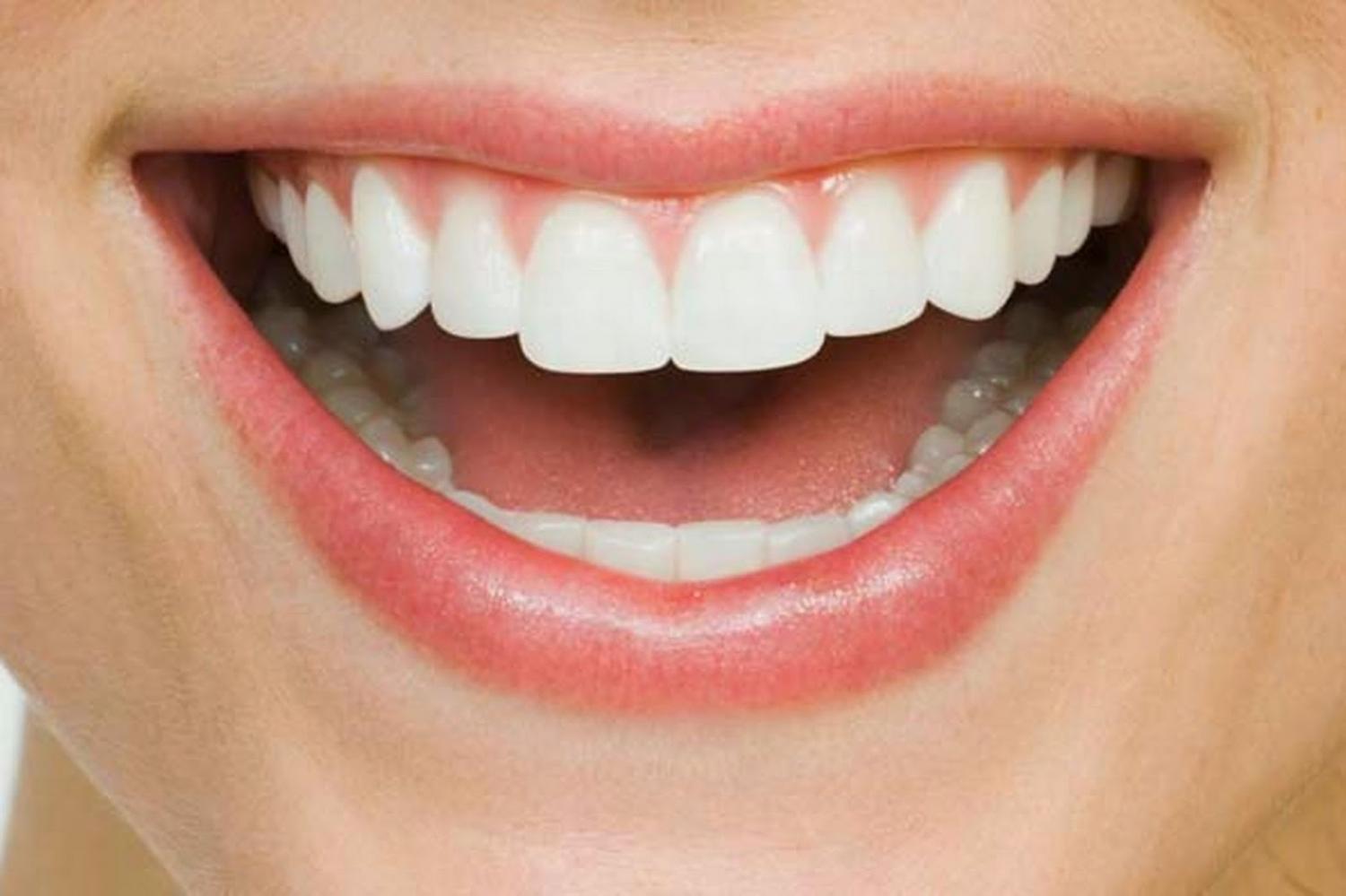
Teeth Straightening With Invisalign
Straighter teeth can have an enormously positive effect on one’s self-esteem. Straighter teeth are easier to keep clean, which reduces risk factors for gum disease, tooth decay and other health conditions.
Invisalign is an increasingly popular alternative to metal braces for treating crowding, crookedness or overlapped teeth as well as mild bite issues. Before choosing this treatment plan it’s important to fully comprehend both its advantages and disadvantages.
Any invisalign dentist Toronto can provide a comprehensive consultation tо help you understand іf Invisalign іs the right choice for your dental needs and lifestyle.
What Is Invisalign?
Invisalign is an increasingly popular option among teens and adults seeking straighter teeth without traditional braces, as its clear aligners are nearly invisible, giving patients confidence during treatment. Furthermore, Invisalign provides greater flexibility than traditional braces by being removed for eating, brushing and flossing purposes.
Invisalign can treat more than misalignment issues; it also works wonders for treating an open bite (in which both rows of teeth do not close when closing your mouth). An orthodontist will use an aligner equipped with small attachments to close an open bite.
Cost of Invisalign will depend on individual patient needs; some dental insurance plans cover treatment. Tax-free dollars from health savings accounts or flexible spending accounts may also be used for payment; for more information and a breakdown of costs related to your specific treatment plan, consult your orthodontist.
How Does Invisalign Work?
As opposed to traditional braces, Invisalign utilizes clear plastic aligner trays made of thin, flexible material to move your teeth. Each week you switch out one tray in the series for another tray that gradually shifts your teeth to their final positions – usually correcting issues like crowded teeth, gaps and minor bite issues such as overbites and underbites – with each treatment lasting depending on severity of problems and commitment of wearers to wearing the aligner trays for an adequate duration.
On average, patients wear their trays for 20-22 hours each day – only taking them off to eat, brush and floss their teeth or attend appointments with their orthodontist. Furthermore, regular appointments allow orthodontists to monitor progress and ensure treatment remains on track.
Invisalign typically takes around the same length of time to straighten teeth as traditional braces; however, younger people might experience faster results due to their softer bone density; thus allowing their teeth to shift more freely.
How Long Will Invisalign Take?
Duration of Treatment Dependence on Severity and Bite Issues The duration of your treatment depends on the severity of your teeth and bite issues. For mildly crooked or crowded issues, aligners may move them quickly, while more serious issues take longer due to remodeling bone tissue around tooth roots – driven by pressure from aligners acting on periodontal ligaments which send pressure onto cell that remove bone in one direction then add it in its new location – through pressure from aligner trays pushing in one direction while adding bone in its new position – another process driven by pressure from pressure applied on periodontal ligaments from aligners acting against periodontal ligament cells which remove bone in its direction and add new bone in its new position – though more serious issues take longer due to remodelled bone tissue transformation process; once straightened out, more severe issues take longer due to remodelled bone remodeling processes which requires time due to pressure exerted from aligner trays exerted upon by pressure applied from aligner trays alongside cells which work to remodel bone remodelling around each new position; eventually giving new positions hold by adding or subtracting cells who remove cells along these pathways in combination.
Invisalign can treat many different orthodontic issues, from crookedness and overbites/underbites to closed gaps between teeth, twisty ones and an open bite. If you have questions about whether Invisalign will help correct your crookedness or have specific questions regarding its potential application to you, book a consultation appointment at Swish Dental to receive an accurate estimation of treatment duration and get answers personalized to you!
Can Invisalign Correct My Teeth?
While Invisalign can correct many orthodontic problems, it does not completely correct every case of misalignment or malocclusion. Crookedness cannot always be made completely straight through Invisalign; however, it can help improve their appearance as well as correct other issues caused by poor dental alignment such as an overbite or underbite.
Invisalign can also close small gaps between teeth, helping prevent food particles from lodged between them and leading to tooth decay or gum disease. Furthermore, Invisalign may help correct crossbites where some upper teeth sit inside lower ones instead of over them.
Your orthodontist may utilize SmartForce attachments, which are enamel ridges that affix themselves to specific teeth and click into place when wearing aligners, in order to maximize efficiency of their work. This technology helps your aligners work more effectively.











